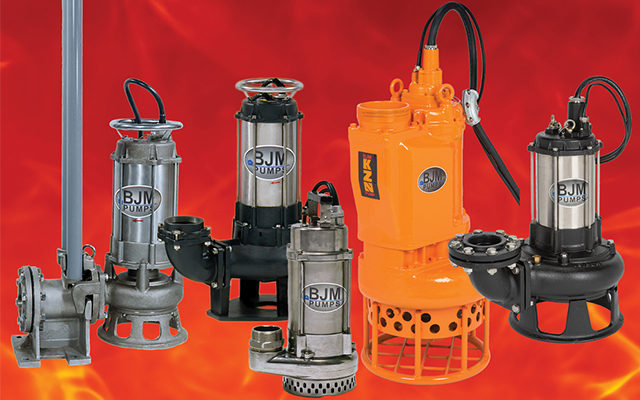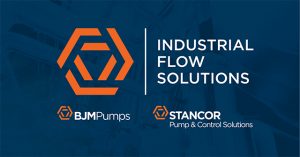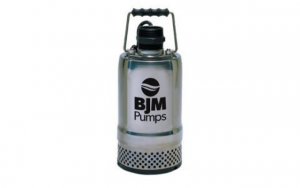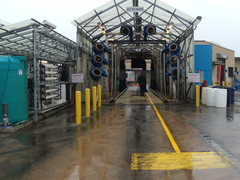Author: Keith Grgurich, Director of Sales, BJM Pumps
When we crack open an ice cold beer or a favorite bottle of wine, we rarely think about all the effort that goes into producing the beverages and foods that we enjoy in our everyday lives. Pumps are a critical component for processing plants; especially in the food and beverage industry. The food and beverage industry relies heavily on centrifugal, rotary lobe, and progressive cavity pumps. Whether it is handling raw materials for food processing or transporting cleaning liquids in CIP (clean-in-place) systems, it is often a challenge for many of these types of pumps to operate reliably when high temperatures are involved.
Take a self-priming centrifugal pump, for example. Let’s say this self-priming centrifugal pump is operating in a food processing application which involves pumping a liquid that is hotter than 104 degrees Fahrenheit. Self-priming centrifugal pumps are not immersed in the liquid; they are typically installed above a hot liquid sump and utilize a suction line that drops down into the liquid. This suction lift installation requires the self-primer “pull” a vacuum in the suction line, allowing the hot liquid to rise up the suction pipe and into the pump. Hot liquid tends to “flash off”, or vaporize, when the pressure in the suction line falls below the vapor pressure of the hot liquid. Hot water flashes more readily than cooler water due to its higher vapor pressure. When hot water is placed under a vacuum to pull it up a suction pipe, the high temperature liquid flashes and the self-priming pump loses prime. The self-priming pump then goes into a priming mode and may never be able to regain prime until the liquid cools.
These suction limitations and vapor pressure problems have motivated some food and beverage processing plants to install submersible pumps for their high temperature applications; however, there are not many submersible pumps that can operate on liquids greater than 104 degrees F. Stainless steel metallurgy, which is often required by the food and beverage industry to meet cleanliness and quality standards, offers an even greater challenge as 316 SS holds heat longer, making the application more difficult for most submersible pump manufacturers. In addition to the challenge high temperature liquids present, submersible pump motors can be challenged by a frequent off/on duty cycle. If the pump has to start and stop frequently, the motor can “build” heat. Every time a pump starts, it pulls more amperage (energy) to get the pump going, so it absorbs extra motor heat to start. The more times the submersible pump starts and stops, the more heat builds up, creating the need for a high endurance pumping solution.
Aware of the need for a high temperature, high endurance pumping solution, BJM Pumps designed Fahrenheit® Pumps, which are proven to handle both clear liquid or solids-laden liquids up to 200°F. The BJM Fahrenheit® Pumps are a better solution for food and beverage applications where liquids are too hot for conventionally-built submersible pumps and where other types of centrifugal pumps can’t provide a suitable solution.
Read how one olive oil producer solved their sump pump problem with a BJM Fahrenheit® Pump.
For more information about BJM Fahrenheit® Series Submersible Pumps, visit www.bjmpumps.com.




